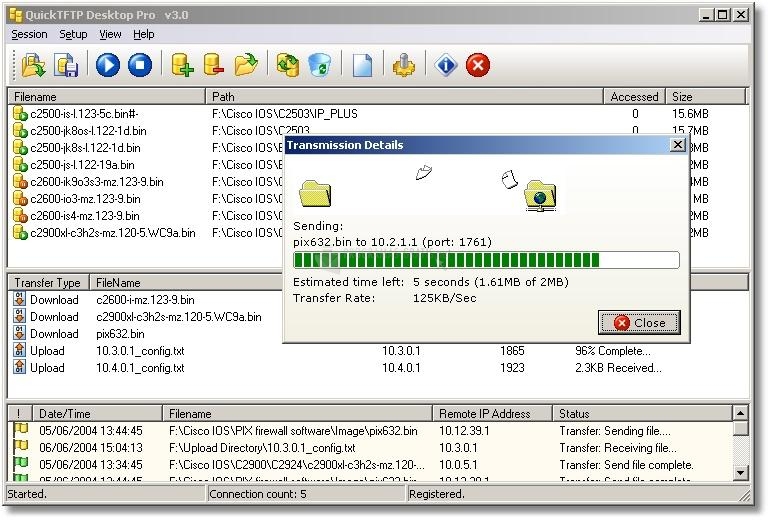File transfer is the transmission of a computer file through a communication channel from one computer system to another. It’s a common activity, with companies regularly sharing data with their customers, partners and suppliers. Whether it’s transferring large batch transactions to outsourced payroll providers or digital videos for marketing purposes, file transfer is vital to business operations.
The best way to protect sensitive information while enabling employees to work with the files they need is through secure file transfer. Traditional methods like FTP leave data vulnerable to hacking and other cyber threats, but managed file transfer solutions use advanced encryption standards to secure data in transit and at rest. They also offer robust multi-factor authentication, IP address restrictions and granular access controls to ensure only authorized personnel can view data.
Secure file transfer services can provide a variety of benefits, including the ability to integrate with other tools and platforms. This can help organizations to streamline and automate their processes, reducing the chance of errors. Some services also provide a user-friendly interface that makes it easy for employees to manage their files.
The future of file transfer is set to be shaped by advances in several key areas, such as speed, security and integration. For example, blockchain technology is being used to improve security and make file transfers more reliable. The use of decentralized storage systems is also expected to reduce the dependency on centralized servers. Additionally, the integration of AI and machine learning into file transfer could enable new levels of automation and efficiency.
While some of these technologies are still in development, there are already a number of solutions available to businesses looking to improve their secure file transfer capabilities. For example, some of the most popular options are SFTP servers and web-based portals. These are relatively simple to set up, but they lack many of the essential security features that a managed file transfer solution would provide.
Choosing the right secure file transfer solution should be based on the level of encryption offered, automation capabilities, branding configuration and security protocols. There are free and paid options, and it’s important to carefully evaluate each of them before deciding on which to use.
A free service may have limitations on storage capacity and file size, for example. While a paid service will likely offer higher-level features, such as end-to-end encryption and multi-factor authentication.
Regardless of which file transfer solution you choose, it’s essential to keep in mind the importance of keeping software and systems updated with the latest security patches. This will help to prevent potential vulnerabilities from being exploited by hackers. It’s also crucial to have a disaster recovery plan in place, so that any lost or corrupted files can be recovered in the event of a system failure. This will enable you to continue business operations as normal while minimizing disruptions and potential losses.Upload huge files
